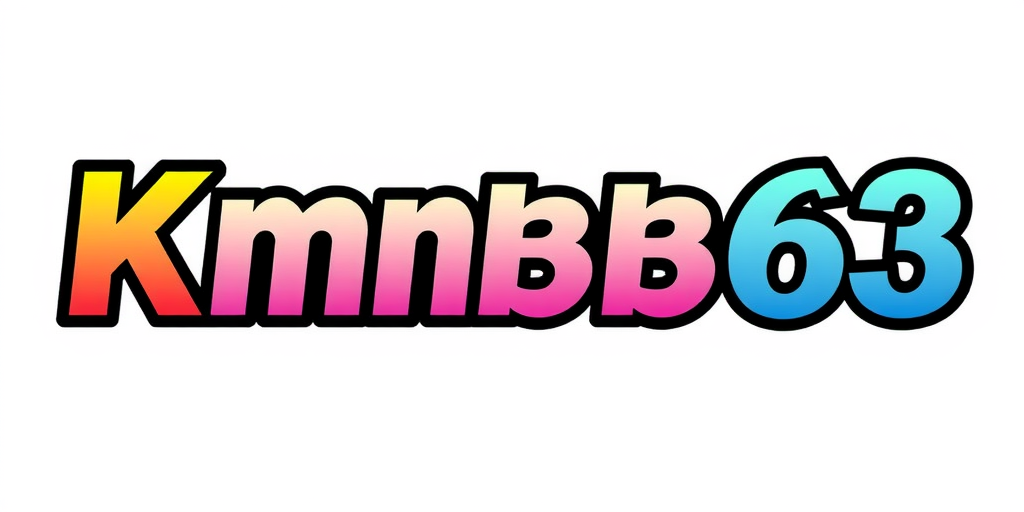Revolutionizing Healthcare Compliance with Toxicology Documentation Software
In the rapidly evolving field of toxicology, accuracy, speed, and compliance are paramount. Healthcare professionals, laboratories, and poison control centers rely on meticulous documentation to make informed decisions about exposure incidents, poisoning cases, and chemical safety. Traditional paper-based methods and even generic digital systems often fall short in meeting the complex demands of modern toxicology toxicology documentation software. This is where toxicology documentation software plays a transformative role. Designed to streamline workflows, enhance data accuracy, and ensure regulatory compliance, toxicology documentation software is becoming indispensable across medical and environmental sectors.
Toxicology documentation software is a specialized digital platform tailored for managing the recording, analysis, and storage of toxicological information. It allows healthcare professionals to input detailed data related to patient symptoms, substance exposure, dosage levels, and clinical outcomes. Unlike basic electronic medical record systems, this software includes toxicant-specific databases, risk assessment tools, and built-in regulatory frameworks. It enables professionals to document not only clinical evaluations but also laboratory test results, treatment protocols, and follow-up recommendations with precision.
A major advantage of toxicology documentation software is its ability to reduce human error. In toxicology, a small documentation mistake can lead to severe misdiagnosis or improper treatment. These platforms typically feature validation checks, auto-fill capabilities based on prior entries, and integrated reference materials. This ensures consistency and accuracy, which are critical for patient safety and research integrity. Moreover, the software helps standardize documentation across different practitioners and departments, reducing variability and enhancing the reliability of recorded data.
Time efficiency is another critical benefit. Traditional toxicology documentation is often labor-intensive, requiring manual entry of long case narratives, chemical identifiers, and patient data. With a dedicated software solution, users can leverage templates, dropdown selections, and pre-configured fields to input information much faster. This allows medical professionals to focus more on patient care rather than paperwork. Additionally, many toxicology documentation systems offer voice-to-text integration and mobile compatibility, further enhancing ease of use for clinicians on the go.
From a compliance perspective, toxicology documentation software aligns with national and international regulatory standards. Whether it is OSHA guidelines, EPA reporting requirements, or healthcare accreditation criteria, the software helps organizations maintain detailed records that meet audit expectations. Automated version control, digital signatures, and time-stamped entries further strengthen the legal and professional credibility of toxicological documentation. This is particularly crucial in medico-legal cases and when data must be submitted to government bodies or research institutions.
Toxicology documentation software also promotes better interdisciplinary collaboration. Since toxicology often intersects with emergency medicine, occupational health, environmental science, and forensic investigation, having a unified digital system allows seamless communication between departments. Many of these platforms support real-time data sharing, integrated communication features, and multi-user access with role-based permissions. As a result, toxicologists, physicians, lab technicians, and regulatory officers can access and contribute to a shared data pool without redundancy or data loss.
Furthermore, the integration of analytics and reporting tools within the software enables users to generate insights from the accumulated data. For instance, hospitals can track trends in poisoning incidents, identify high-risk substances in a specific region, or analyze the effectiveness of treatment protocols. These insights can support public health initiatives, improve resource allocation, and guide policy formulation. In research settings, accurate documentation facilitated by such software can significantly enhance the quality and reproducibility of toxicology studies.
Security and confidentiality are also integral to toxicology documentation software. Given the sensitive nature of toxicological data, especially when it pertains to patient health or industrial exposure, robust security features are essential. Most modern solutions offer encrypted storage, two-factor authentication, and customizable access controls. These measures help protect data from unauthorized access while ensuring that authorized users can retrieve necessary information quickly and securely.
In conclusion, toxicology documentation software is revolutionizing how toxicological data is recorded, managed, and utilized. By enhancing accuracy, efficiency, and compliance, it supports healthcare professionals in delivering timely and informed interventions. It also empowers organizations to meet regulatory demands, improve cross-functional communication, and drive evidence-based decision-making. As the complexity of toxicological challenges continues to grow, adopting a robust documentation software is not just a technological upgrade but a strategic necessity for any institution involved in toxicology.


